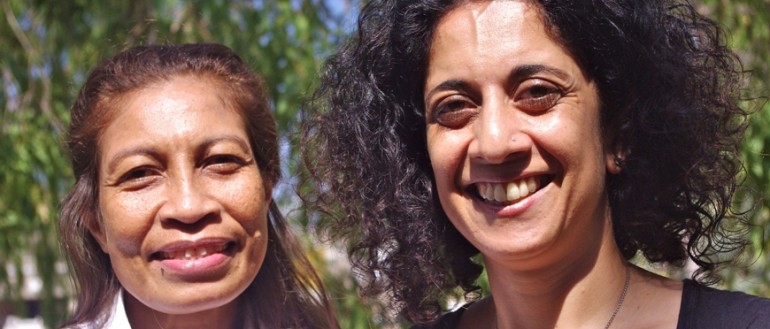Influenza is a common infection affecting millions of people each year. When new strains of influenza emerge, a large proportion of the community can be severely affected and many may die (particularly the elderly and those with other medical conditions), as occurred with the swine flu pandemic in 2009.
Indigenous populations in Australia and elsewhere appear to be particularly vulnerable to severe influenza infections.
Our research focus:
- To understand how immunity to influenza differs in Indigenous compared to non-Indigenous populations. We aim to inform the design of novel T cell immunity-based vaccines so that they are effective in both Indigenous and non-Indigenous populations. These vaccines may be effective as a once-off immunisation rather than requiring yearly updates.
Our research impact:
- Determined that Indigenous people were 12 times more likely than non-Indigenous people in Northern Australia to be admitted with pandemic H1N1 2009 influenza (swine flu). Thus, a vaccine that can be given as a once off and protects against severe diseases would be greatly beneficial.
Key staff:
Collaborators:
- Katherine Kedzierska, University of Melbourne
- Adrian Miller, Griffith University.
- Flint, S.M., Davis, J.S., Su,J.Y., Oliver-Landry, E.P., Rogers, B.A., Goldstein, A., Thomas, J.H., Parameswaran, U., Bigham, C., Freeman, K., Goldrick, P., & Tong, S.Y. (2010). Disproportionate impact of pandemic (H1N1) 2009 influenza on Indigenous people in the Top End of Australia's Northern Territory. Medical Journal of Australia, 192(10), 617-22.

